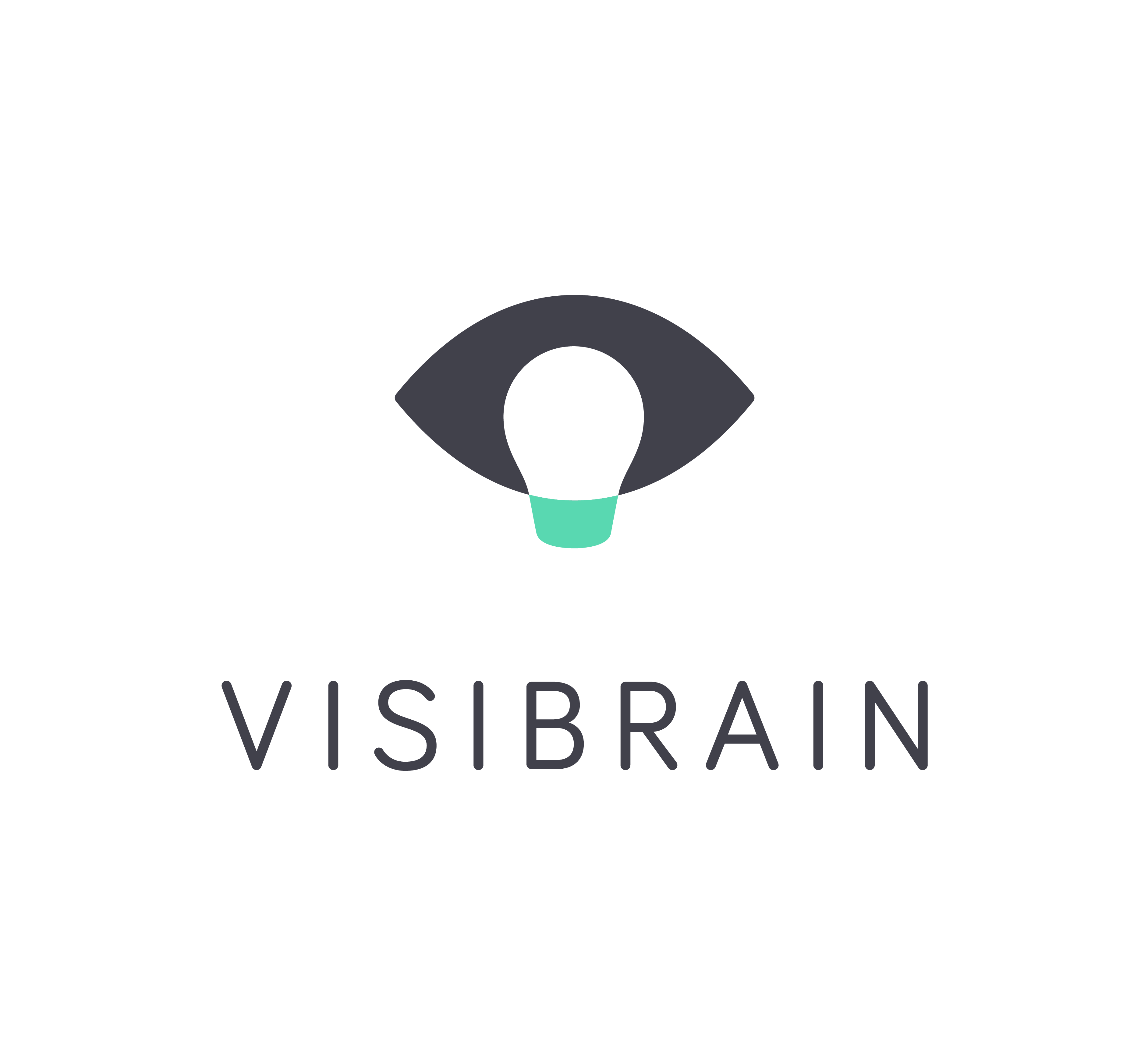 Henning Kagermann seemed slightly nervous for the first few words of his keynote speech at SAPPHIRE 07 yesterday, almost as if he had so much to say but wasn't sure where to start. That thought soon disappeared as he got in to his stride, and seemed much more animated than I've seen him before. By the end he even had the confidence to admit some of SAP's mistakes back in the 90s - out of control implementations, lack of product quality in that period, and not enough executive level attention on the large implementations that went wrong. The overall message was that they've learned from the past and applied that experience to their next wave of innovation. Back in the 90s R/3 and Business Process Reengineering provided standardised processes and delivered economies of scale. The next wave of SAP's products to the 2010s are all about Business Network Transformation and Enterprise SOA.
Henning Kagermann seemed slightly nervous for the first few words of his keynote speech at SAPPHIRE 07 yesterday, almost as if he had so much to say but wasn't sure where to start. That thought soon disappeared as he got in to his stride, and seemed much more animated than I've seen him before. By the end he even had the confidence to admit some of SAP's mistakes back in the 90s - out of control implementations, lack of product quality in that period, and not enough executive level attention on the large implementations that went wrong. The overall message was that they've learned from the past and applied that experience to their next wave of innovation. Back in the 90s R/3 and Business Process Reengineering provided standardised processes and delivered economies of scale. The next wave of SAP's products to the 2010s are all about Business Network Transformation and Enterprise SOA.
The tagline for the conference and Henning's pitch is "Business at the speed of change". I know what they are trying to say, but the phrase feels like marketing speak that doesn't quite make sense. There has been a little too much of that in some of the sessions. Kagermann's presentation was full of statistics to back up the rate of change in a world where:
- Every 20 minutes there is M&A transaction somewhere
- Every 3.5 minutes another new product comes to market, twice as many as 10 years ago
- Every 0.1 second a container of product is shipped, three times as many as 10 years ago
The presentation was peppered with case study examples and quotes, the best of which was from AG Lafley, the CEO of Proctor & Gamble:
"In 2000 a little more than 10 percent of our innovation was partnered... last year a bit more than 40 percent of what we commercialised had at least one external partner involved"
 Some of the highlights of the session were the brief demonstrations interjected by Ian Kimbell. One covered automated connection of business systems to factory control (with a Heath Robinson style model on stage), another showed OutlookSoft, their newly acquired budgeting, planning and consolidation tool, with some impressive integration to Excel. The best was a prototype web 2.0 style application for collaboration. Ian set up the example where a supplier to your company has discontinued a part, so you have to initiate and control the process of identifying and procuring an alternative. From an e-mail explaining the problem, viewed in Duet, a button creates an event with the mail and documentation attached. Ian could assign people to work on the issue. A search box was dragged and dropped to interrogate the parts database. Tasks were added. The company's Knowledge Management system was accessed to bring in some best practice with a template of the standard procurement approach and processes. This is just the sort of ad hoc collaboration and workflow organisations need day in day out.
Some of the highlights of the session were the brief demonstrations interjected by Ian Kimbell. One covered automated connection of business systems to factory control (with a Heath Robinson style model on stage), another showed OutlookSoft, their newly acquired budgeting, planning and consolidation tool, with some impressive integration to Excel. The best was a prototype web 2.0 style application for collaboration. Ian set up the example where a supplier to your company has discontinued a part, so you have to initiate and control the process of identifying and procuring an alternative. From an e-mail explaining the problem, viewed in Duet, a button creates an event with the mail and documentation attached. Ian could assign people to work on the issue. A search box was dragged and dropped to interrogate the parts database. Tasks were added. The company's Knowledge Management system was accessed to bring in some best practice with a template of the standard procurement approach and processes. This is just the sort of ad hoc collaboration and workflow organisations need day in day out.
 Although the demonstration was impressive, and Henning described it as a little more than you normally get in web 2.0 products, I'm really not so sure. There are some very impressive lightweight collaboration tools where the effort to create these kinds of workflows and applications is measured in minutes or hours. I wonder how many days of development was involved in creating Ian's collaboration prototype?
Although the demonstration was impressive, and Henning described it as a little more than you normally get in web 2.0 products, I'm really not so sure. There are some very impressive lightweight collaboration tools where the effort to create these kinds of workflows and applications is measured in minutes or hours. I wonder how many days of development was involved in creating Ian's collaboration prototype?
One significant event was an announcement of partnership with SunGard for banking solutions, with Chris Condé their CEO explaining the details.
There was also some more explanation of the new mid-range strategy with the new product, code named A1S. Henning positioned A1 at the top end of SME for customers who want the solution configured to their needs. B1 is for smaller companies, and A1S is aimed at organisations with 50 to 2,500 employees. He described the key ingredients of the A1S approach as:
- Ready to consume with no modifications
- Runs hosted
- Simple terms and conditions
- 10 times lower total cost of ownership
The SaaS term was avoided as usual with SAP. He talked about the two suites addressing two sides of the mid-market and that SAP need to learn from each of them. You'll hear more about some of the issues I have with this positioning in my later post on the subsequent Hans-Peter Klaey session.
Henning talked about SDN, BPX, the Industry Value Networks, and how they are embracing community. I was a little disappointed by the lack of new news. However, the benefits SAP are getting from engaging actively with all of those communities, and the executive level access that we bloggers have been granted are all aspects of a very confident and sophisticated organization that is prepared to learn and adapt as it continues to grow.
link to original post






